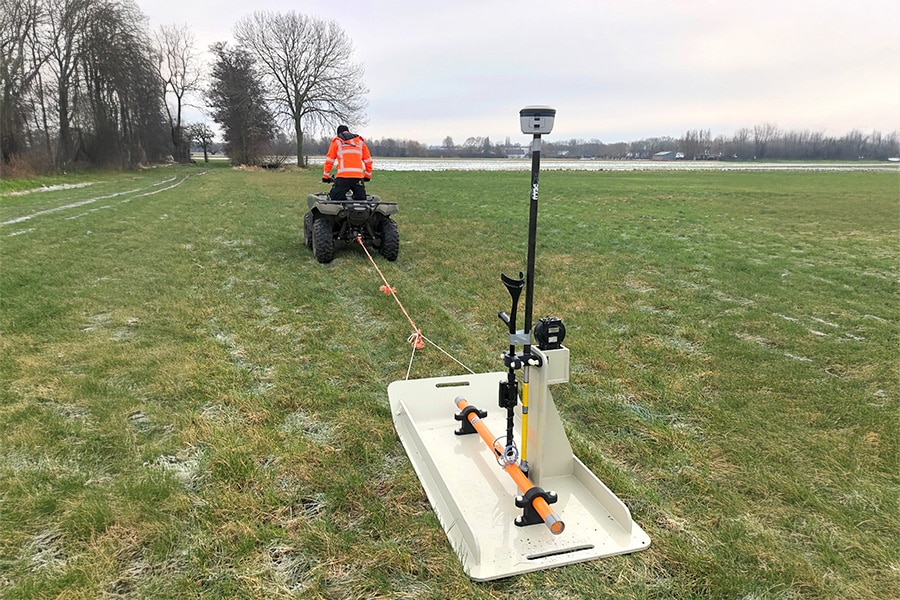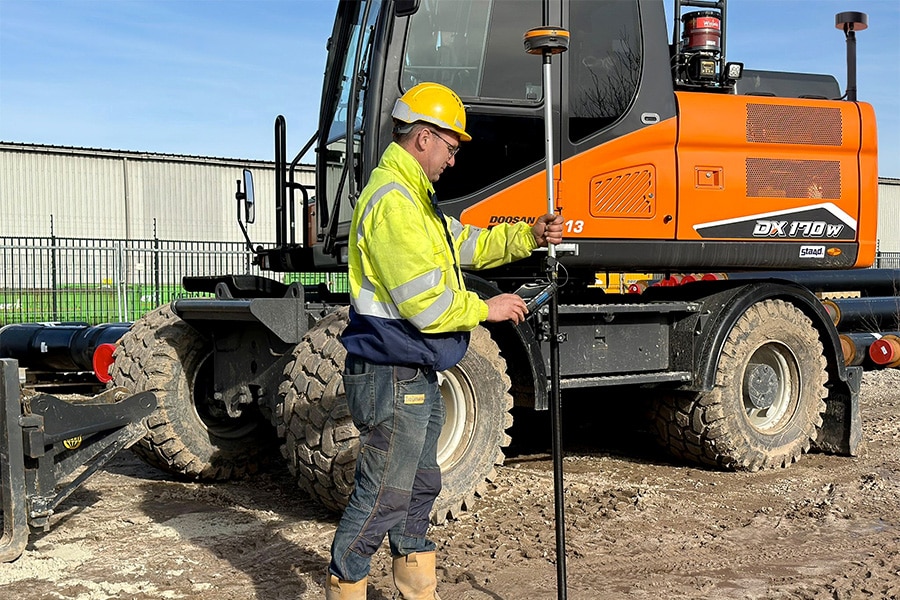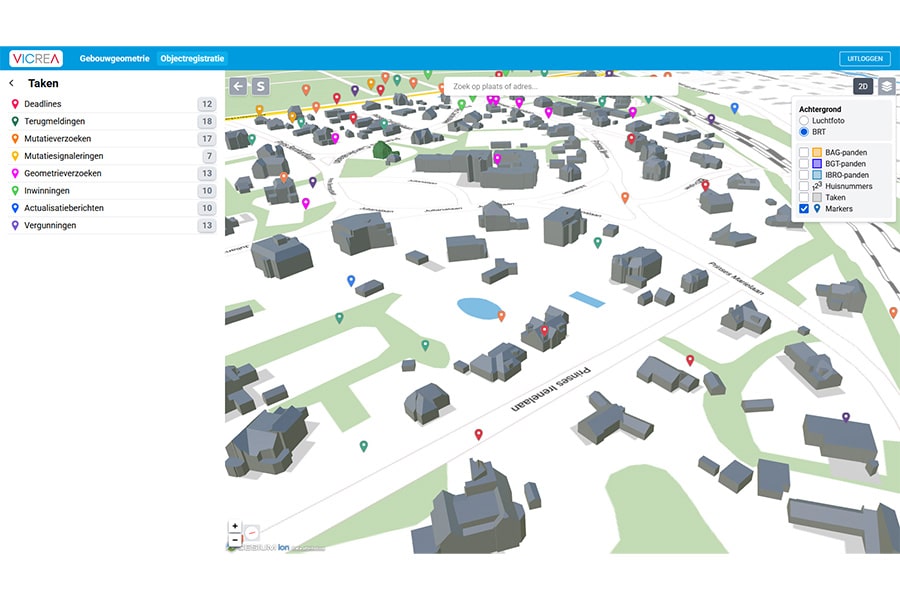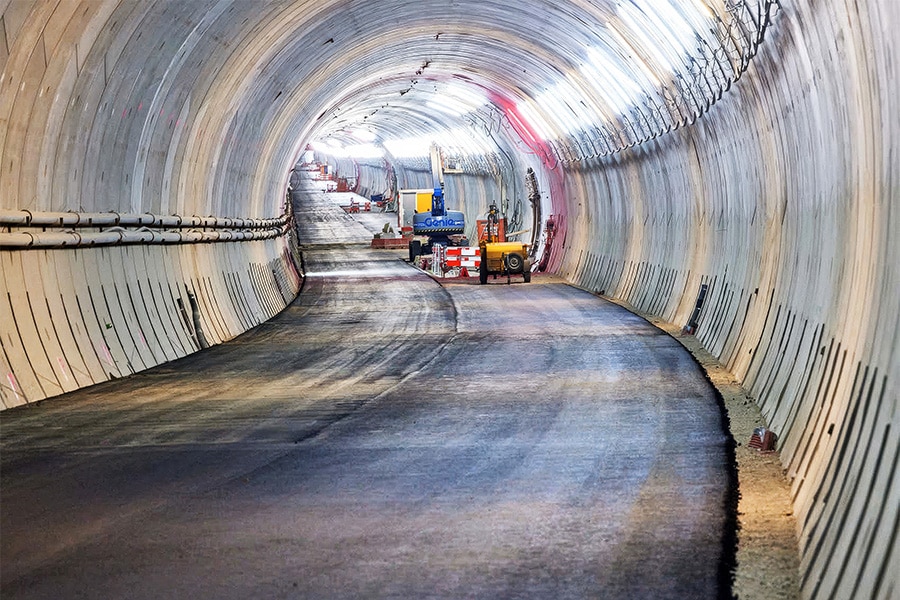
Sixty tunnel renovations in the Netherlands and Flanders
Over the next few years, dozens of road and rail tunnels in the Netherlands and Flanders need to be renovated. This is an enormous task. The calculated demand for capacity for this renovation task exceeds the capacity of the sector. In addition, new tunnels are being built and capacity is needed for regular management and maintenance. In short, we need to work smarter and more effectively. That task is the main starting point for the 2026-2031 Tunnel Program of the Center for Underground Construction (COB).
Much more attention has been paid in recent years to the fact that much of the tunnel area is beginning to age. A survey by COB shows that renovation is in progress or imminent for 60 of the 97 tunnels in the Netherlands and Flanders. With the Tunnel Program, the CDE and the sector are striving for, among other things, a smarter and more effective approach.
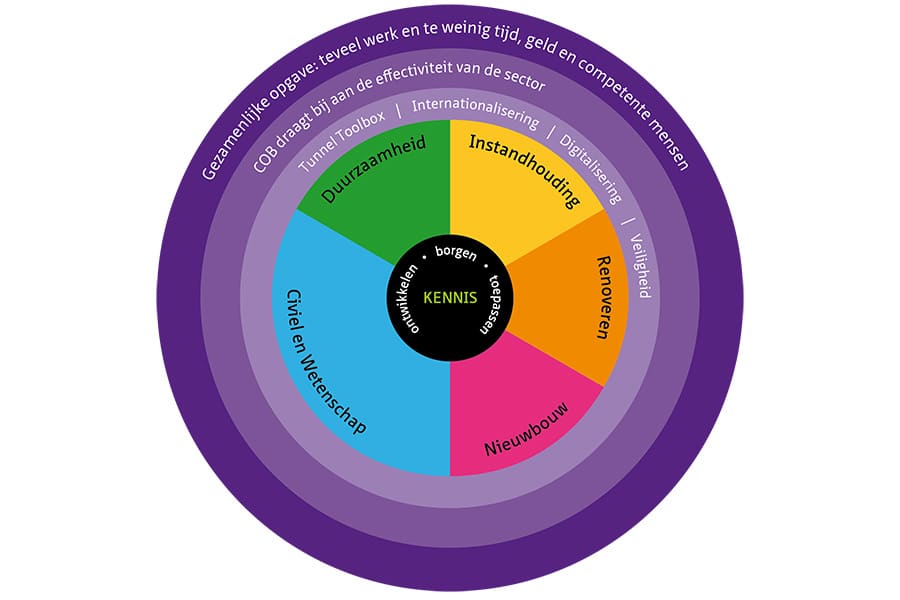
Availability
A programmatic approach has been in place for ten years. Following the foresight study in 2016, two Tunnel Programs (2018-2020 and 2021-2025) were developed and implemented. The basic task has not changed in those years. The industry wants to build and renovate with low disruption, and to ensure that tunnels are optimally available. For tunnels that have a crucial role in the main infrastructure, this task is essential. Mobility continues to grow. The social cost of temporary unavailability of infrastructure is increasing.
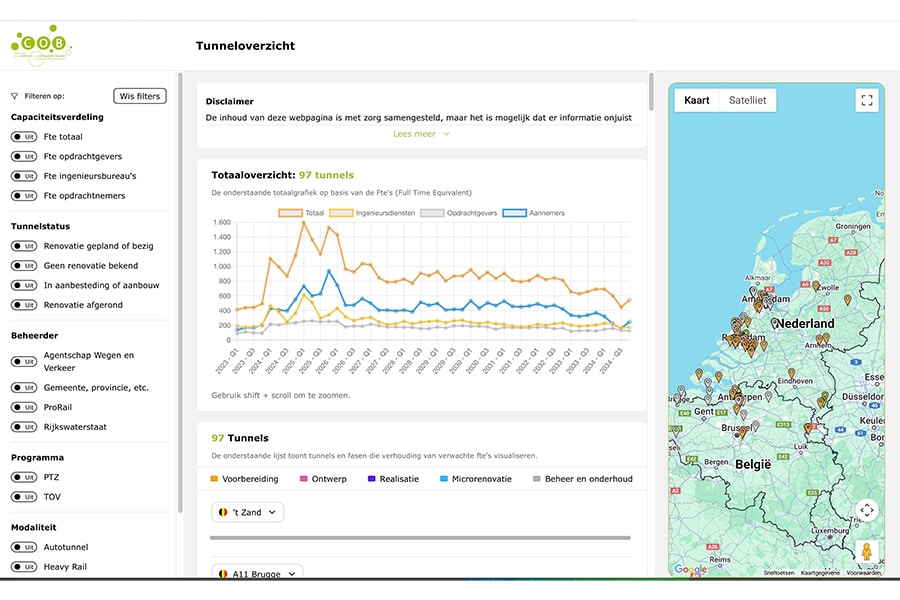
Coherent approach
The new tunnel program identifies all aspects that affect availability. It looks at the entire life cycle, with the maintenance and operation phases being more explicitly considered. In addition to the capacity issue mentioned, future-proofing is an important common thread. Much technical research within the tunnel program relates to the residual life of tunnels, the possibilities for extending them and - above all - predictability. In short, how do we make sure we know in time if the availability of a tunnel comes under pressure?
This future-proofing is also reflected in the effort to prevent renovations from continuing to have a major impact on future availability. Can we renovate existing tunnels in such a way that the next renovation can be carried out with minimum disruption? The same applies to new tunnels. Can they be designed to limit future closures for renovation?
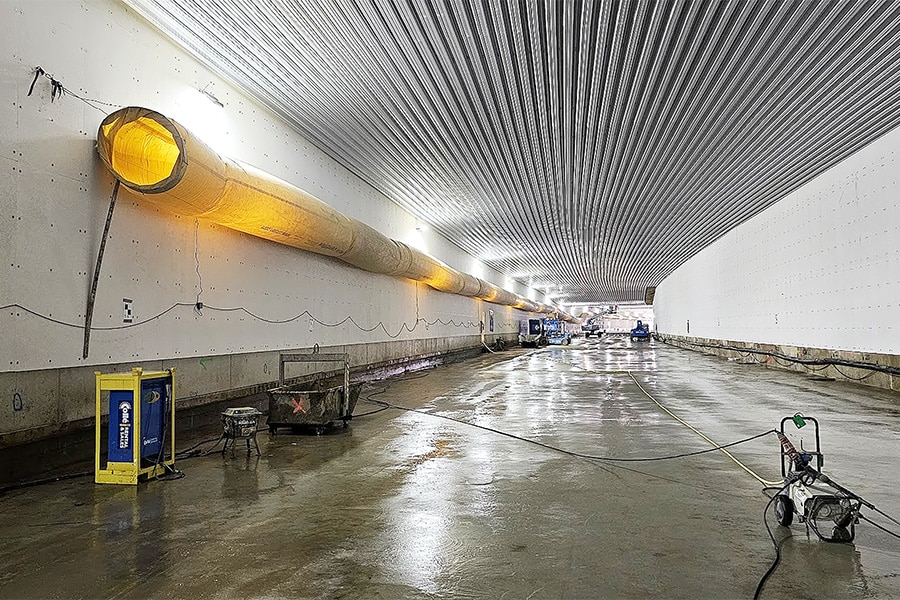
Practical tools
The previous tunneling programs have provided all kinds of practical tools in addition to knowledge. In the coming period, efforts will be made to expand these considerably. Not only for the construction and renovation phase, but also for the maintenance and operation phase. These cover by far the largest period of the life span of tunnels. The overall impact of measures to use people and resources more efficiently will therefore be greatest there. Much attention will be paid to standardizing and standardizing processes, procedures and manuals for tunnel management organizations. This comes together in the Tunnel Toolbox for tunnel owners and managers that includes the COB Data Platform, a scientific (residual) life prediction model, as well as calculation models, templates, checklists and manuals. This supports the ambition of "doing more with fewer people.
Wide support
The 2026-2031 Tunnel Program was created after active consultation with a large number of industry parties. More than two hundred professionals have contributed to what is needed to make the sector smarter and more effective. Part of this is securing information and knowledge transfer from the outgoing to the new generation of professionals in the sector. The CDE hopes to continue to involve knowledge holders who are retiring in the coming years in this process.
Free and publicly available
The tunnel program involves joint work on research projects. This involves dozens of participating governments, tunnel owners, engineering firms, contractors and knowledge institutes. Together they provide about six hundred experts who actively participate in the development and application of knowledge. All results are freely and publicly available. In practice, knowledge developed within CDE is applied daily in the design, management, maintenance and renovation of tunnels.
How does it continue?
The third tunnel program is ready on paper. With the input from the sector, it is clear in advance that the content of the program can count on support. "The tunnel program is the reflection of the wishes in the field of knowledge development, assurance and application. The reactions from the network show that we have come up with an interpretation that is recognized and workable," said COB director and program manager Karin de Haas. "In the coming period, the concept will be presented to potential funders in the hope and expectation that the plans will find their way into budgets for 2026 and beyond. This fall we will begin the recruitment of project leaders, participants and work package leaders so that this program too can start like a train. In February 2026, we will organize a Tunnel Day where the existing tunnel program will be formally closed and the new one launched."
